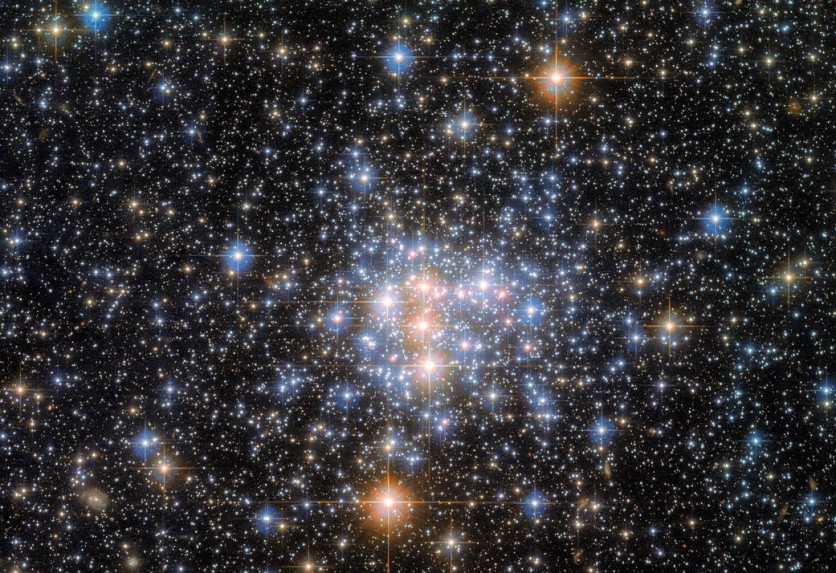A million stars flood a new Hubble Space Telescope image with all their glittering glories, showcasing a mere portion of the famed Small Magellanic Cloud (SMC).

Milky Way's Close Neighbor
One of the Milky Way's closest neighbors, the SMC, is a dwarf galaxy about 200,000 light-years away from our planet.
Together with the Large Magellanic Cloud, it forms a pair that may be viewed from some northern latitudes but is best viewed from the Southern Hemisphere, according to NASA.
There are hundreds of millions of stars in the Small Magellanic Cloud, but this image only focuses on a small portion of them.
The open cluster NGC 376 comprises these stars, and its total mass is only approximately 3,400 times that of the Sun.
As the name implies, open clusters are loosely connected and thinly populated. NASA explains that this separates open clusters from globular clusters, which typically have centers that are a continuous blur of brightness due to their dense star populations.
Even in the areas of the image that are most densely populated, individual stars may be seen in NGC 376.
The Wide Field Camera 3 (WFC3) and the Advanced Camera for Surveys (ACS) were used in two separate astronomical research that produced the data used to create this image (ACS).
In the initial study, the ACS was used to investigate a few star clusters in the Small Magellanic Cloud and assisted astronomers in examining issues such as the prevalence of low- and high-mass stars in various environments.
The second investigation combined the WFC3 and ACS to understand the evolution and development of stars. It sought to provide answers to fundamental issues concerning the lives of stars.
Ideal Stellar Locations
According to NASA, the Large and Small Magellanic Clouds (LMC, SMC) are ideal locations for studying the formation and evolution of stars because they brim with newborn star clusters.
It is also worth noting that the LMC and SMC are ideal for the study of individual stars because they are close enough to our planet to allow for clear observation.
Additionally, these systems are the only ones that contain star clusters at all stages of development.
At the turn of the 20th century, the Magellanic Clouds were identified as members of the partner galaxy of the Milky Way. They were separated into separate systems after Edwin Hubble of the United States proved that they were extragalactic objects.
The SMC is slightly wider than 2°, while the LMC is a brilliant zone with a diameter of about 5°.
The majority of northern latitudes cannot see the Magellanic Clouds, but they can be seen in the Southern Hemisphere.
Related Article : NASA's Hubble Space Telescope Captures 'Butterfly Nebula' In Stunning Motion | Fun Facts About This Beautiful Space Butterfly

ⓒ 2025 TECHTIMES.com All rights reserved. Do not reproduce without permission.




